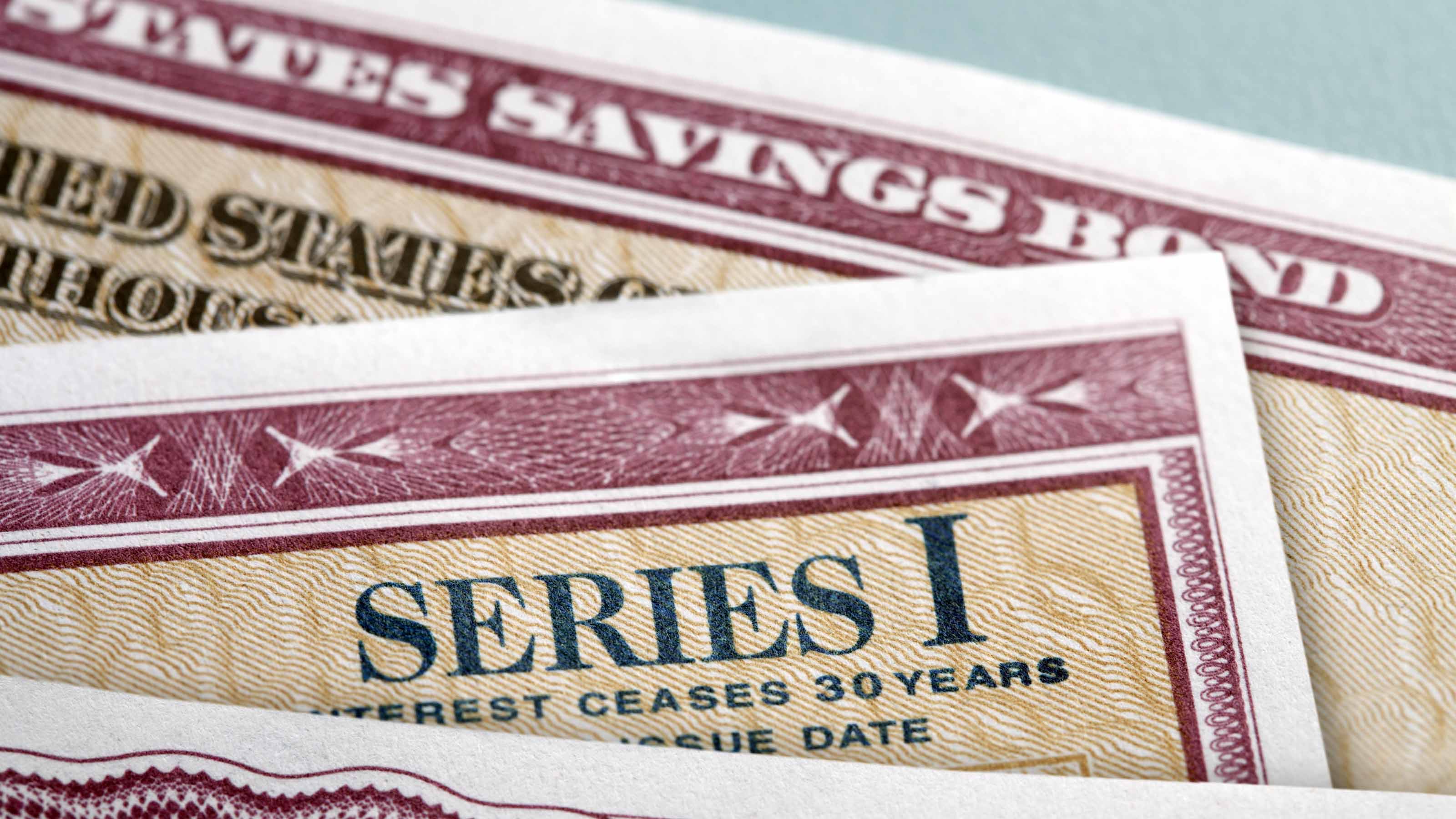Paying Taxes for a Hired Caregiver
The nanny tax isn't just for Mary Poppins. It covers any household employee including housekeepers, gardeners and caregivers.


Here we go again. Another presidential transition, another Nannygate controversy. Retirement Report readers likely remember the 1993 case of Zoë Baird, whose nomination to be the first female U.S. attorney general was derailed when it was disclosed that she failed to pay required “nanny taxes” for a household employee.
This time, it started with Congressman Mick Mulvaney, President Donald Trump’s choice to run the Office of Management and Budget, who owned up to failing to pay five years’ worth of taxes for the woman he and his wife hired in 2000 to help care for their triplets. Next came Andrew Puzder. After his nomination as Labor Secretary, he disclosed that he had failed to pay required taxes for a household employee who was in the U.S. illegally. As their confirmation hearings went on, both men said they had paid back taxes they owed.
We bring this up as a reminder that the nanny tax isn’t just for Mary Poppins–like nannies taking care of children. It covers any household employee, such as a housekeeper, gardener or, our main concern here, a caregiver for your spouse or elderly parent. If the caregiver is provided through an agency or is self-employed, you’re off the hook. But if you hired the person yourself and control how the work is done, you’re more than likely an employer in the eyes of the IRS.
From just $107.88 $24.99 for Kiplinger Personal Finance
Become a smarter, better informed investor. Subscribe from just $107.88 $24.99, plus get up to 4 Special Issues

Sign up for Kiplinger’s Free Newsletters
Profit and prosper with the best of expert advice on investing, taxes, retirement, personal finance and more - straight to your e-mail.
Profit and prosper with the best of expert advice - straight to your e-mail.
In that case, if you paid more than $2,000 last year, the nanny tax applies. When you file your 2016 tax return, you need to include a Schedule H and pay the 15.3% Social Security and Medicare tax on the wages you paid. That tax is supposed to be split evenly between you and your employee (7.65% each). But whether or not you withheld the tax from your employee’s wages during the year, you’re on the hook to pay the full amount when you file your return.
That’s not all. If you paid more than $1,000 to employees in any calendar quarter of 2016 or 2015, you also owe the federal unemployment tax. And you probably owe a state unemployment tax, too. Contact your state tax authority to find out. If you haven’t done so already, you need to give your employee a W-2 showing wages paid and any withholding (it was due at the end of January) and send a copy to the Social Security Administration.
Profit and prosper with the best of Kiplinger's advice on investing, taxes, retirement, personal finance and much more. Delivered daily. Enter your email in the box and click Sign Me Up.

-
 Dow Adds 646 Points, Hits New Highs: Stock Market Today
Dow Adds 646 Points, Hits New Highs: Stock Market TodayIt was "boom" for the Dow but "bust" for the Nasdaq following a December Fed meeting that was less hawkish than expected.
-
 5 Types of Gifts the IRS Won’t Tax: Even If They’re Big
5 Types of Gifts the IRS Won’t Tax: Even If They’re BigGift Tax Several categories of gifts don’t count toward annual gift tax limits. Here's what you need to know.
-
 The 'Scrooge' Strategy: How to Turn Your Old Junk Into a Tax Deduction
The 'Scrooge' Strategy: How to Turn Your Old Junk Into a Tax DeductionTax Deductions We break down the IRS rules for non-cash charitable contributions. Plus, here's a handy checklist before you donate to charity this year.
-
 5 Types of Gifts the IRS Won’t Tax: Even If They’re Big
5 Types of Gifts the IRS Won’t Tax: Even If They’re BigGift Tax Several categories of gifts don’t count toward annual gift tax limits. Here's what you need to know.
-
 The 'Scrooge' Strategy: How to Turn Your Old Junk Into a Tax Deduction
The 'Scrooge' Strategy: How to Turn Your Old Junk Into a Tax DeductionTax Deductions We break down the IRS rules for non-cash charitable contributions. Plus, here's a handy checklist before you donate to charity this year.
-
 Are You Middle-Class? Here's the Most Tax-Friendly State for Your Family
Are You Middle-Class? Here's the Most Tax-Friendly State for Your FamilyTax Tips We found the state with no income tax, low property tax bills and exemptions on groceries and medicine.
-
 Social Security Benefits Quiz : Do You Know the IRS Tax Rules?
Social Security Benefits Quiz : Do You Know the IRS Tax Rules?Quiz Social Security benefits often come with confusing IRS tax rules that can trip up financially savvy retirees and near-retirees.
-
 How Are I Bonds Taxed? 8 Common Situations to Know
How Are I Bonds Taxed? 8 Common Situations to KnowBonds Series I U.S. savings bonds are a popular investment, but the federal income tax consequences are anything but straightforward.
-
 Capital Gains Tax Quiz: How Well Do You Really Know IRS Investment Tax Rules?
Capital Gains Tax Quiz: How Well Do You Really Know IRS Investment Tax Rules?Quiz Take our capital gains tax quiz to test your investment taxes knowledge. Learn about loss rules, holding periods, and tax incentives that could impact your savings.
-
 6 Tax Reasons to Convert Your IRA to a Roth (and When You Shouldn't)
6 Tax Reasons to Convert Your IRA to a Roth (and When You Shouldn't)Retirement Taxes Here’s how converting your traditional retirement account to a Roth IRA can boost your nest egg — but avoid these costly scenarios.
-
 Could Tax Savings Make a 50-Year Mortgage Worth It?
Could Tax Savings Make a 50-Year Mortgage Worth It?Buying a Home The 50-year mortgage proposal by Trump aims to address the housing affordability crisis with lower monthly mortgage payments. But what does that mean for your taxes?